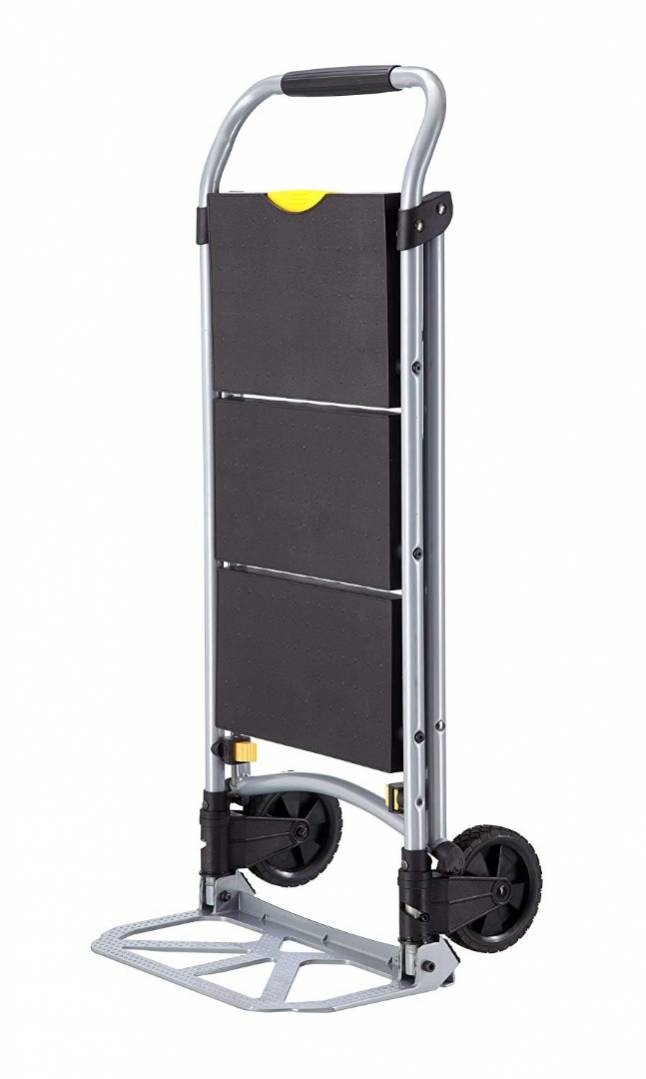

“With management guidance for $4.3 to $4.7 billion of free cash this year and $3.5 billion of dividend obligations, the company heading for a comfortable dividend payment plus some share buybacks,” wrote the analyst. In his upgrade, Ross acknowledges the near-term virus headwinds, but focused on free cash flow. UPS shares are down about 21% year to date. That reflects what’s gone on in the sector lately. He upgraded shares of UPS on Tuesday from Hold to Buy, though he also cut his price target from $118 to $104.

Stifel analyst David Ross is feeling a little better too. But as coronavirus fears eventually fall, industrial volumes should come back to pick up the slack. People will work through stockpiles of products such as hand sanitizer and toilet paper. Today’s demand might steal from future periods. “The staples rush started as a West Coast phenomenon,” says Terrazas. People are rushing to stock up on necessities, prepping for a protracted battle with the virus. What is more, Terrazas has seen an uptick in demand for consumer staples shipping. But as the rest of the world battles the spread of Covid-19, things in China are coming back. “Long Beach and Tacoma ports was down in January and February because of the extended Lunar New Year shutdown,” added Terrazas.
#Trucking news full
The country is full of small, independent truck operators. Convoy aggregates shipments and pairs the traffic with small truckers via an app.įreight brokers play a huge role in American shipping, partly because more than 95% of carriers have less than five trucks. “January was a bit soft because of the disruption in China,” Aaron Terrazas, director of economic research at Convoy, a truck brokerage and technology platform, told Barron’s. He believed freight fundamentals were bottoming out. “Trends stabilized during January, consistent with sequential improvement in global US PMI readings,” wrote Baird analyst Ben Hartford in a February research report. “We may be setting ourselves up for a temporary capacity shortage brought on by an exacerbation of carrier bankruptcies, cancellations in equipment orders and a snap back once we exit the impacts of the Coronavirus,” wrote Cowen analyst Jason Seidl in a Tuesday research report, summarizing a conversation he had with trucking economist and consultant Noel Perry.Īnd demand was improving. Celadon, a shipping enterprise with more than 5,000 semi-trucks, for instance, was forced to file for Chapter 11 protection in December.īut things were looking up by the end of 2019.įor starters, the supply of shipping space has been reduced. The extended period of weak demand took its toll on the sector. (It seems way in the past, but there was a long-running trade war.) and Chinese industrial production peaked. Freight demand started to falter in late 2018 because U.S. The transport stocks are down a lot in 2020-worse than the broader market-but the underperformance started long ago.


 0 kommentar(er)
0 kommentar(er)
